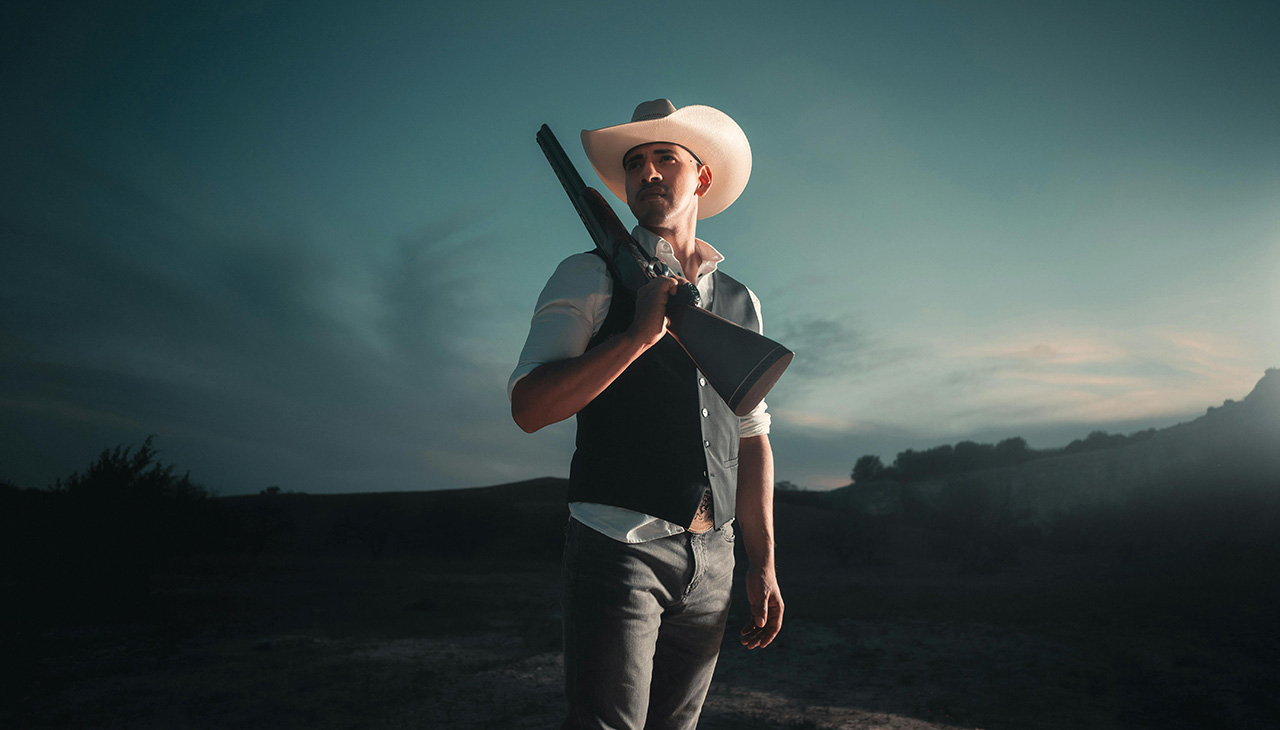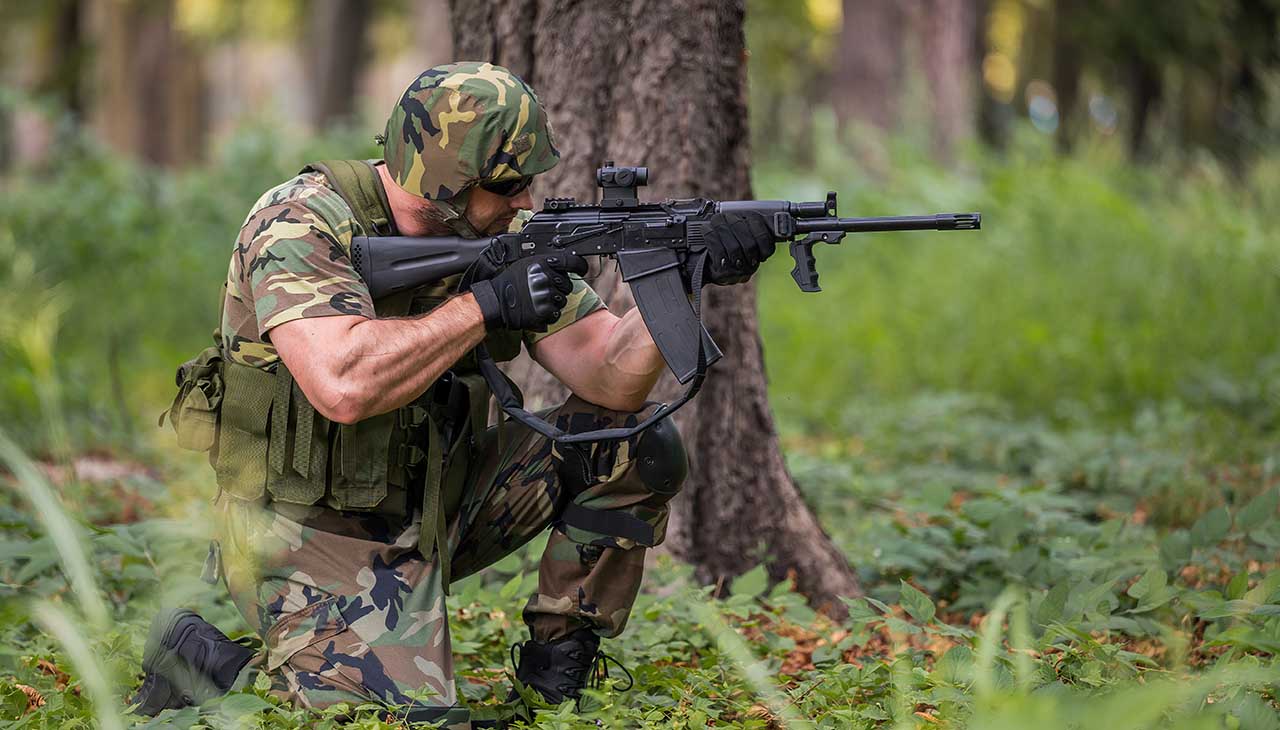Choosing the right firearm is a significant decision that entails careful consideration of various factors such as purpose, personal preference, legal requirements, and safety. Whether you’re a first-time buyer or an experienced enthusiast, understanding the nuances of different types of firearms and matching them to your specific needs is crucial. This comprehensive guide aims to walk you through the process, offering insights into selecting the best firearm for personal protection, hunting, sports shooting, or collection.
Research the Manufacturer
When assessing a firearm, researching the manufacturer’s reputation and history in the industry is an essential step. A well-established manufacturer with a track record of producing reliable, durable, and precise firearms can significantly influence your decision. Determine how long they have been in operation and look into reviews or reports concerning the quality of their products. Additionally, investigating the specific firearm model you are interested in and how long it has been in production can provide insights into its reliability and performance over time. Models that have stood the test of time are often worth considering, as they likely offer a balance of quality craftsmanship and proven functionality.
Determine Your Purpose
Understanding the primary reason behind your purchase is crucial in selecting the right firearm. Whether for personal protection, hunting, recreational shooting, or collecting, each purpose necessitates a different type of gun. If your primary concern is personal safety, for instance, a handgun might be more suitable due to its portability and ease of use in emergency situations. Conversely, if your interest lies in hunting, rifles or shotguns may better serve your needs due to their range and power. It’s essential to consider these factors in alignment with your lifestyle and the practicality of carrying and storing the firearm safely.
Hands-On Experience
Gaining hands-on experience with various firearms before making a purchase is invaluable. Visiting local gun ranges and firearms dealers that offer rental options allows you to physically handle and test out different models. This direct interaction can provide significant insights into what feels comfortable in terms of weight, balance, and ergonomics. Additionally, it’s an opportunity to assess how you manage the firearm’s recoil and operate its mechanisms under supervised conditions. Based on these experiences, coupled with your preliminary research, you’ll be better equipped to make an informed decision that aligns with your preferences and needs. Remember, a gun that feels right in your hands and suits your intended purpose will likely serve you well in the long run.
Fit and Comfort
Fit and comfort are paramount when selecting a firearm, as they directly impact your ability to use it effectively and safely. A gun that fits well in your hand and feels comfortable enhances your control, accuracy, and confidence. It is crucial to avoid firearms of extreme sizes that may not be suitable for your needs. For example, a handgun that’s too large might be difficult to grip securely, while one that’s too small could be challenging to operate accurately. Therefore, during your hands-on experience, pay close attention to how each firearm fits your hand and your ability to maintain a firm, comfortable grip. This consideration is not just about personal comfort; it’s about ensuring you can handle and operate your firearm effectively in any situation that requires it.
Conclusion
Selecting the right firearm is a deeply personal and critical choice that requires thorough consideration of your objectives, comfort, and the legal landscape. Leveraging research, understanding the purpose of your firearm, experiencing a variety of models firsthand, and ensuring a good fit and comfort are all pivotal steps in making an informed decision. Remember, this guide is a starting point. Continue to seek knowledge, consult with experts, and comply with local laws and regulations. By taking a measured and informed approach, you can select a firearm that not only meets your needs but also enhances your safety and effectiveness, whether for protection, sport, or collection.



